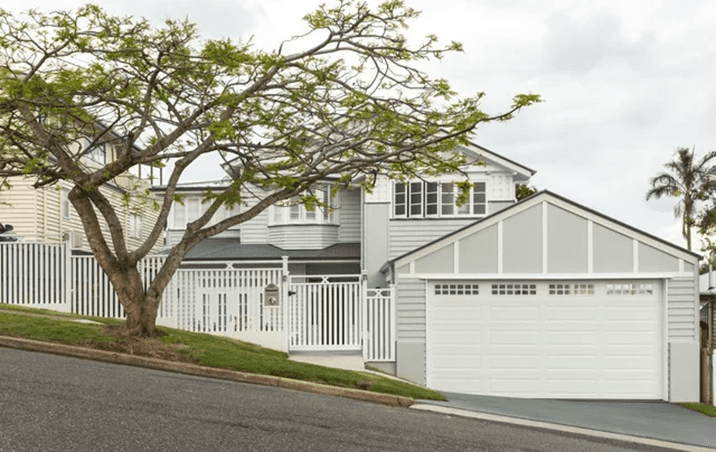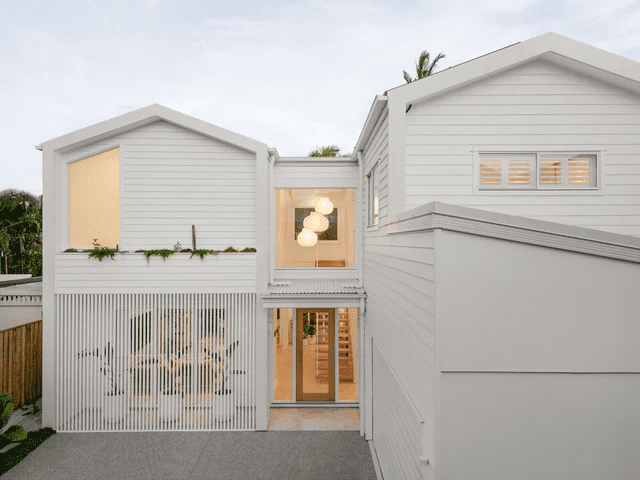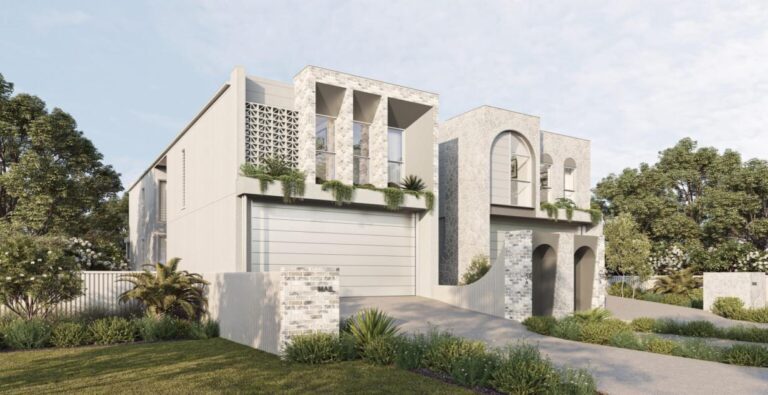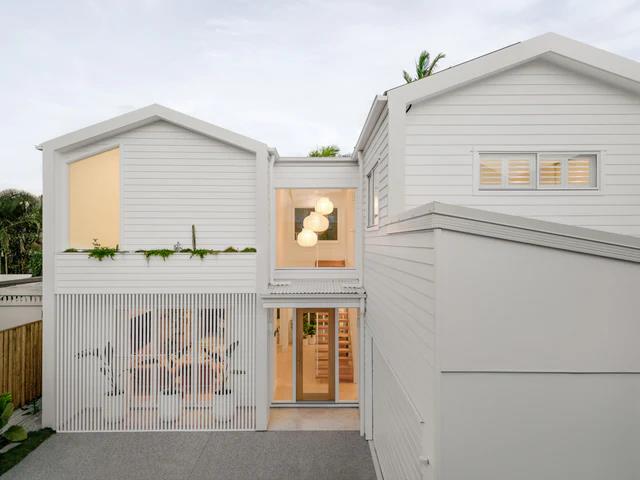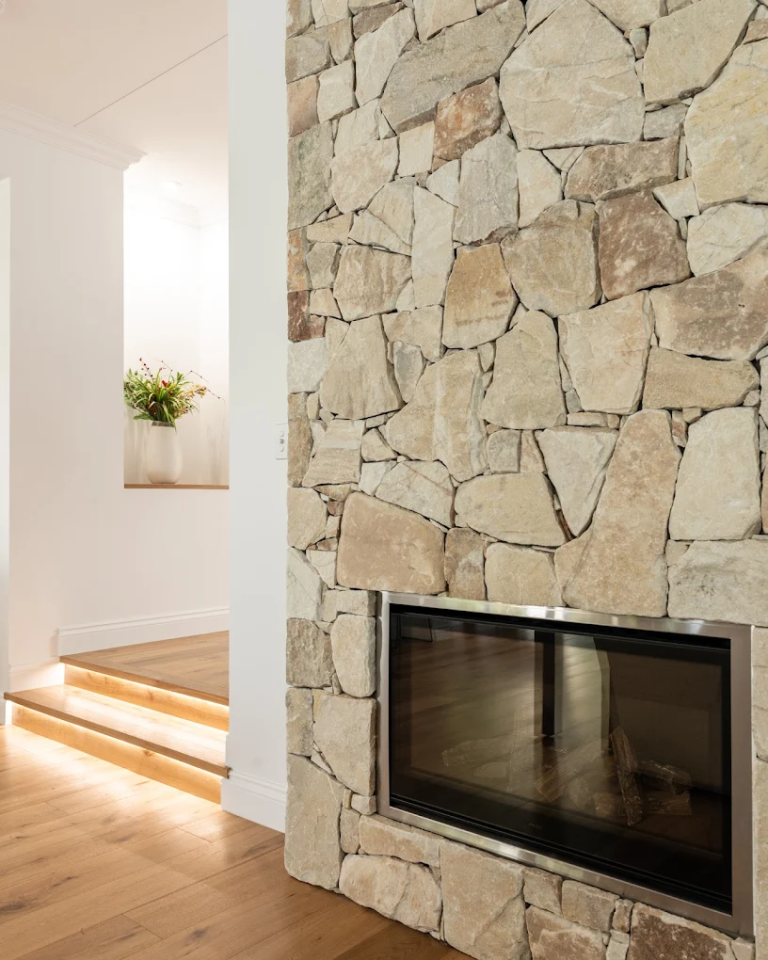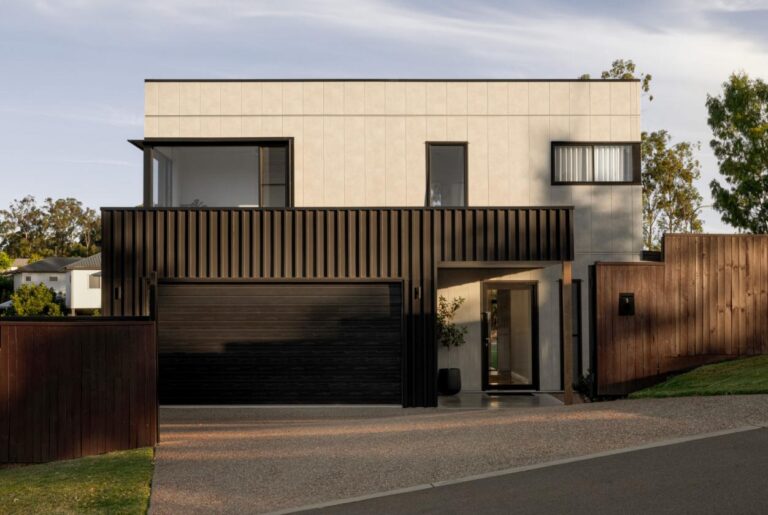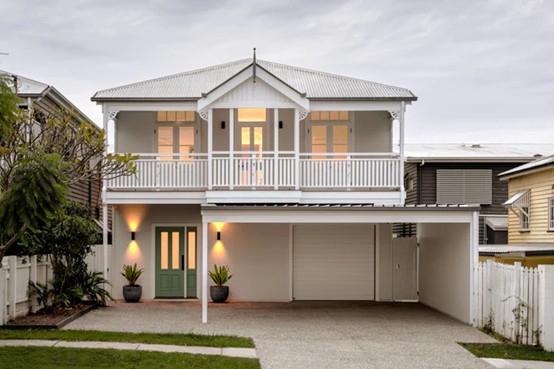Home renovations promise exciting change, but without careful planning, they can lead to unexpected setbacks. From overlooked permits to rushed design decisions, simple missteps often create costly consequences. Tide Constructions helps homeowners avoid these pitfalls through expert guidance and a structured approach. By identifying common renovation mistakes early, you can protect your investment, stay on budget, and create a home that balances form, function, and lasting value.
Key Takeaways
- Planning prevents costly rework
- Budgeting should include contingencies
- Structural changes require professional oversight
- Permits are not optional
- Design and function must align
Home renovations are exciting; they promise a fresh look, added value, and better functionality for your space. But they can also become a costly headache if not planned and executed carefully. Many homeowners dive into renovations with enthusiasm but overlook critical details that lead to budget blowouts, timeline delays, and disappointing results.
Here are some of the most common, and entirely avoidable, riskiest mistakes homeowners make during home renovations, along with expert tips on how to steer clear of them.
1. Lack of a Clear Plan
Jumping into a renovation without a well-thought-out plan is one of the most frequent mistakes. Homeowners often get inspired by a photo or home design trends and start tearing down walls without considering functionality, layout, or budget constraints.
- Avoid it:
Create a detailed plan that outlines your goals, timeline, design preferences, and estimated costs. Consider how each change will affect the flow of your home and day-to-day life. Consulting a designer or an architect early on can help clarify your vision and prevent costly mid-project changes.
2. Underestimating the Budget
Many renovations go over budget simply because homeowners underestimate the true cost of materials, labour, permits, or unexpected issues (like mould or faulty wiring).
- Avoid it:
Set a realistic budget, and then add at least 10-20% as a buffer for unexpected costs. Be honest with your contractor about what you can afford and ask for a breakdown of expenses before work begins. Avoid cutting corners that might result in low-quality work or future repairs.
3. Choosing the Cheapest Contractor
It’s tempting to go with the lowest quote when choosing a contractor or tradesperson, but cheaper doesn’t always mean better. Poor workmanship can lead to bigger problems down the road and even safety risks.
- Avoid it:
Do your homework. Review testimonials, request references, and verify qualifications. Choose a contractor who is licensed, insured, and has a good reputation. It’s worth paying a bit more for someone reliable and experienced in the type of renovation you’re undertaking.
4. Ignoring Permits and Regulations
Skipping the proper building permits or ignoring local regulations can come back to haunt you, with fines, delays, or the need to redo work entirely.
- Avoid it:
Check with your local council or a licensed contractor to determine which permits are required for your renovation. This is especially important for structural changes, plumbing, electrical work, or adding square footage. Make sure all work complies with building codes.
5. Changing Plans Midway Through
Making design or layout changes once construction has started is not only disruptive but also expensive. Every change can affect the schedule, materials, and labour needed.
- Avoid it:
Finalise all designs and material choices before any work begins. Take time to review floor plans, colour schemes, and finishes. If you’re unsure, request 3D renderings or samples to help visualise the final result.
6. Over-Renovating for the Neighbourhood
Installing high-end finishes or major extensions that don’t match the value of surrounding properties can lead to overcapitalisation, spending more on your home than you’ll ever get back.
- Avoid it:
Research property values in your area before committing to luxury upgrades. Keep resale in mind, especially if you plan to sell within a few years. Focus on smart, functional improvements that boost your home’s appeal without pricing it out of the local market.
7. Poor Lighting Choices
Lighting is often an afterthought in home renovations, but it plays a crucial role in both functionality and atmosphere. Poorly lit rooms can feel small, dull, or impractical.
- Avoid it:
Incorporate a mix of lighting types, ambient, task, and accent lighting. Plan for natural light and consider installing dimmers for flexibility. In kitchens and bathrooms, pay extra attention to bright, shadow-free lighting for functionality.
8. Not Considering Storage
Many homeowners focus on aesthetics and forget about practicality, particularly when it comes to storage. As a result, beautiful spaces become cluttered and hard to use.
- Avoid it:
Plan for built-in storage, hidden cabinetry, or multi-purpose furniture that maximises your space. Think about how you use each room daily and design accordingly. Ample storage is one of the top features buyers look for, so it’s a smart investment.
9. DIY When You Shouldn’t
DIY can save money, but tackling complex tasks like plumbing, electrical, or structural work without the proper skills can be dangerous, and often ends up costing more when professionals have to fix mistakes.
- Avoid it:
Know your limits. Simple jobs like painting, tiling, or basic landscaping are often manageable. But for anything involving permits, safety, or systems behind the walls, hire qualified professionals. Your home and your safety are worth the investment.
10. Ignoring Energy Efficiency
Many renovation projects miss the opportunity to improve insulation, windows, or energy systems, costing homeowners more in the long run on energy bills.
- Avoid it:
Use your renovation as a chance to boost your home’s efficiency. Add insulation, upgrade to double-glazed windows, and consider energy-efficient appliances and LED lighting. These upgrades may cost more upfront but pay off through long-term savings and government rebates.
11. Neglecting the Exterior
Focusing only on the inside of your home and forgetting about the exterior, including landscaping, gutters, or facade, can lead to an unbalanced or incomplete result.
- Avoid it:
Plan a small budget for exterior improvements to match the new look inside. Even simple touches like repainting the front door, updating outdoor lighting, or adding plants can greatly improve curb appeal.
Conclusion
Renovating your home should be exciting, not overwhelming. With the right team, a clear plan, and informed decisions, you can avoid the common pitfalls that plague many renovation journeys. At Tide Constructions, we bring precision, experience, and transparency to every project, ensuring your renovation adds long-term value to your home and your lifestyle. Ready to renovate with confidence? Contact us today and let’s turn your vision into a space that feels truly yours.
FAQs:
What permits do I need for a home renovation in Queensland?
Most structural changes, plumbing, electrical updates, and extensions require permits. Speak with your builder or check with your local council.
What steps can I take to stay within budget during my renovation?
Start with a detailed quote, include a contingency buffer of 10–15%, and avoid late-stage design changes. Work with a builder who provides transparent costing.
What’s the biggest mistake homeowners make during renovations?
Starting without a clear plan or trying to manage the project themselves. Lack of structure leads to delays, budget blowouts, and poor outcomes.
Can I live in my house during the renovation?
Depending on the scope, yes. For major works, it might be safer and faster to relocate temporarily. Your builder can advise on what’s best.
How long does a typical renovation take?
Small renovations may take 4–6 weeks. Larger projects can run 3–6 months. Timelines depend on planning, scope, and council approvals.
Do I need council approval for bathroom renovations?
Not always, but if plumbing layouts are changed or structural work is involved, you’ll likely need a permit. Your builder can confirm this for you.

